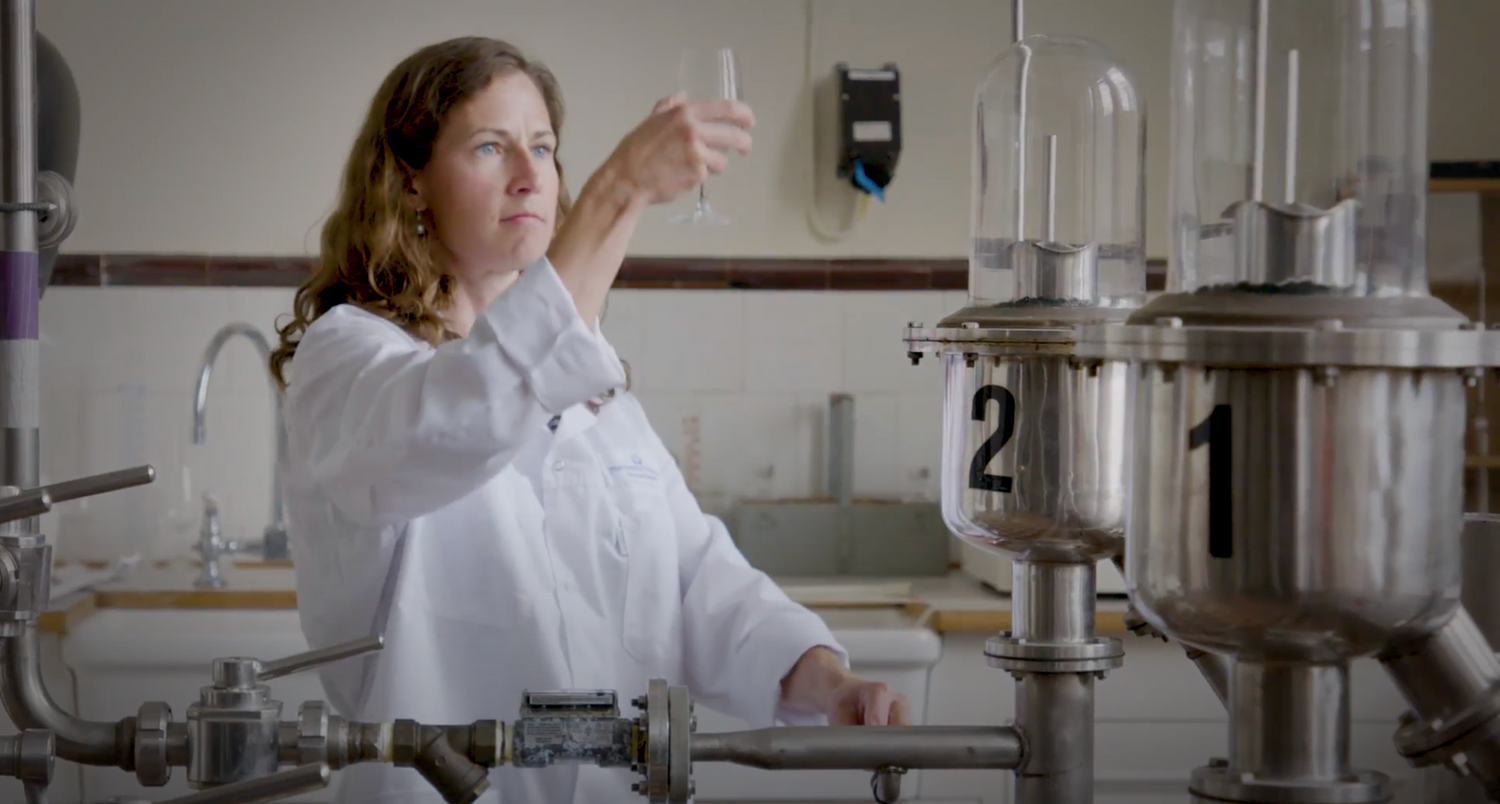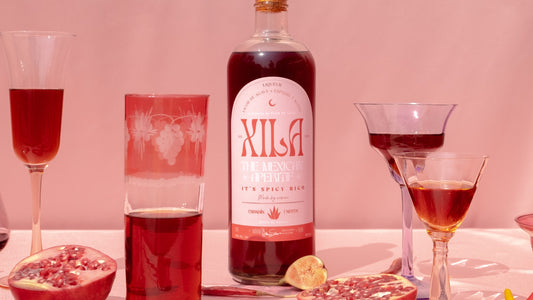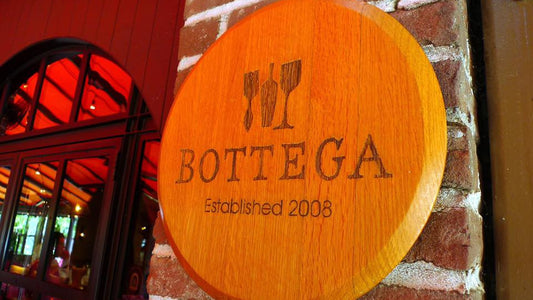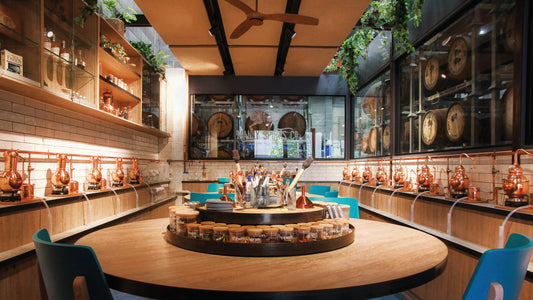by Malina Bickford, National Brand Director for Åhus Akvavit
Aquavit is one of the oldest and most diverse distilled spirits categories, but it remains a bit of an enigma outside of Scandinavia. While it may not be as widely known as other beloved spirits like gin or vodka, it has a similarly rich history and broad diversity of flavors and styles. Esoteric? Yes. Totally approachable for a variety of drinking preferences and occasions? Also yes. As we like to say – if you’ve tried one, you’ve tried one.
Scandinavia's Ancestral Spirit
Aquavit, Swedish for aqua vitae in Latin, or “water of life,” was first created during the 15th century by monks as a medicine comprised of secret botanical blends, soaked and distilled into a clear spirit and believed to have mystical properties. After being used for over a century to treat both physical and spiritual ailments, aquavit’s alleged healing benefits were eventually dismissed as superstition and the spirit migrated from apothecaries to dinner tables. Swedish families and friends raised tiny shot glasses overflowing with the chilled spirit in celebration of life, health and happiness. To this day, no festivity is complete without it.
Aquavit is a botanical spirit, similar to gin, but with different regional flavors. Caraway and/or dill are the lead botanicals in all aquavits, but many other botanicals like anise, angelica, orris, elderflower, fennel seed, cumin, cardamom and citrus peels are used in aquavit. The neutral base spirit, flavors and process employed by each distiller are determined by their country’s set of legal standards. Some countries have different spelling and pronunciation for the spirit in their local language. All are correct, with “aquavit” as the generally recognized global spelling for the category.
Aquavit Today
In Sweden, the primary botanical must be caraway and/or dill, it must be produced using ethyl alcohol of agricultural origin and made with Sweden’s own pristine water. Swedish akvavit must also contain fennel and be at least 37.5% alcohol by volume. The result of this time-honored process is a fresh, botanical spirit that sees little to no barrel aging.
Norwegian akevitt is made of a potato distillate with robust flavors of caraway and fennel and a rich mouthfeel, thanks to their specialized aging techniques. Akvavit from Denmark tends to fall into the middle; extremely herbal, spicy and typically only minimally rested.
Many Scandinavians take pride in their homemade aquavit, often casually referred to as “snaps,” that consists typically of vodka steeped with the flavors of their choosing. While calling these DIY blends aquavit isn’t technically accurate, it is nonetheless culturally accepted.
In North America, the craft distilling boom has given birth to an impressive variety of modern aquavits, as the US and Canada have more relaxed rules for the spirit, thus interpreting the category in interesting ways with unique botanicals and production methods.
Most aquavits fall around 40% ABV, which should debunk any urban legends you may have heard about its high alcohol content. Perhaps it’s the tickle of spicy, unfamiliar botanicals dancing across the tongue, down into the belly playing a cheeky trick on the palate.
Aquavit Tradition, Reimagined
Åhus Akvavit is where the future of aquavit begins. Produced at our century-old distillery in southern Sweden, our aquavit honors the craftsmanship of our ancestors while embracing the global palate. With innovation at our cultural core, we're pushing the category into new directions through exploration of local (and maybe a little unexpected) botanicals like rosemary, lovage and Swedish apples. Åhus Akvavit is keeping the old traditions alive while creating new ones with a bright spirit that shines in craft cocktail bars and on dinner tables alike.
There’s truly an aquavit for every curious imbiber and we hope to raise a glass of it with you someday - skål!






